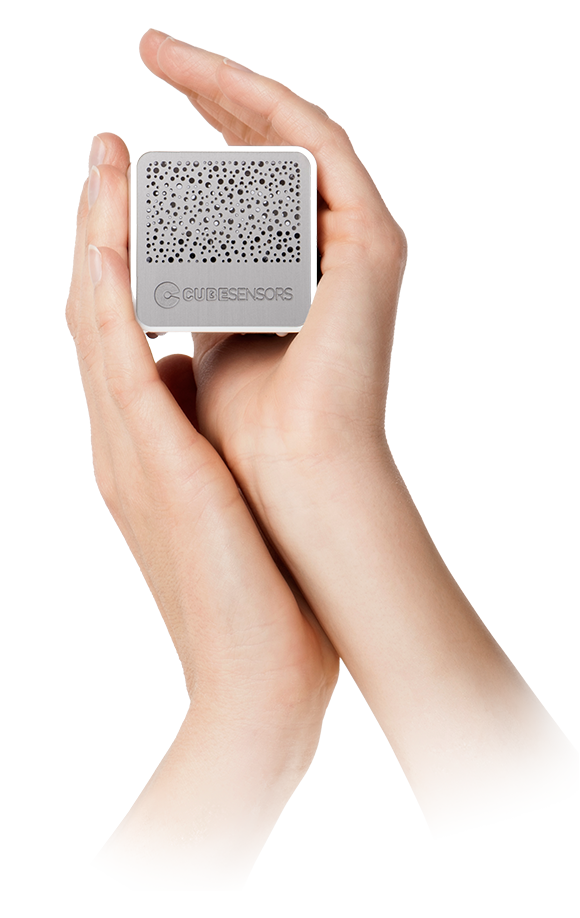Holidays can cause surprisingly bad air in your home
by Alja Isakovic
Who doesn’t like the holiday season? All the good food, gifts, parties, decorations, candles, the delicious smell of baking, a house full of guests, making big plans for the new year … It’s all very exciting, but surprisingly unhealthy in terms of indoor air pollution! Let’s take a look at some of the most common pollution Grinches and how you can prevent them from ruining the holiday cheer.
Choose candles that won’t cause asthma attacks during dinner
Candles are great companions for the winter holidays. They warm our hearts in dark winter nights, add that special touch to your decorations, and can even fill your house with the scent of cinnamon. In fact, 35% of all candle sales are made during the winter holidays! Unfortunately, candles can also be good at polluting your air.
The worst offenders, according to research presented at a meeting of American Chemical Society, are candles made from paraffin wax. Most of the candles on the market are made out of paraffin wax and scented with synthetic fragrances, which are both derived from petroleum.
Petroleum-based candles emit a mix of VOCs such as toluene and benzene that might even cause cancer during prolonged exposure. Other hydrocarbon chemicals that can irritate respiratory tracts and even trigger asthma are also emitted by such candles and can cause trouble much sooner.
Soot is another thing that candles release into the air we breathe. Again, petroleum-based candles and scented candles produce more soot. An easy precaution is to keep candle wicks trimmed short.
All this doesn’t mean that you should stop using candles all together. For better air quality, choose candles made from soybean, palm, hemp, or beeswax. The later might be the most responsible choice, as it doesn’t derive from GMOs like some soybean candles and doesn’t destroy rain forest like the ones made out of palm oil. If you want your candles to be scented, find ones that use essential oils.
Take good care of your fireplace

A wood burning fireplace certainly helps to set the holiday mood. But it’s got all of the problems of burning candles, only on a larger scale. The Environmental Protection Agency offers a lot of guidelines on how reduce air pollution caused by fireplaces and wood stoves.
You can do a lot by choosing the right wood to burn. For instance, hardwood burns more slowly and evenly, producing less smoke and more heat. Small and hot fires will cause less pollution. Don’t forget to keep your chimney in good condition, and keep an eye on the air quality in your home when burning wood.
Decorations and shiny new stuff
Another thing that might be ruining your holidays’ air quality are all the Christmas decorations and gifts that you’re brining in. We certainly wouldn’t want you to get rid of that. But you might be more mindful of the materials you choose to avoid the offgasing of VOCs in the air. Or make your own decorations at home, with simple materials that aren’t loaded with paint and other chemicals.
Don’t forget about ventilation, even when it’s cold outside!
One key thing that can help you maintain good air quality throughout the holiday season is proper ventilation. It can be easy to forget to open the windows thoroughly with a house full of guests, especially if it’s cold outside. Which just makes air pollution worse, especially in tightly sealed modern homes. You can easily make everyone feel better if you properly ventilate before your guests start arriving and before going to bed, to clear up all the air pollution that has built up during celebrations.
So, while holidays can put more stress on your indoor pollution, you can do a lot by making the right choices when buying holiday supplies and by keeping an eye (or Cube) on your air quality. By doing so, you can open the windows before allergies, headaches or even asthma ruin your dinner and maintain good spirits throughout the day.


